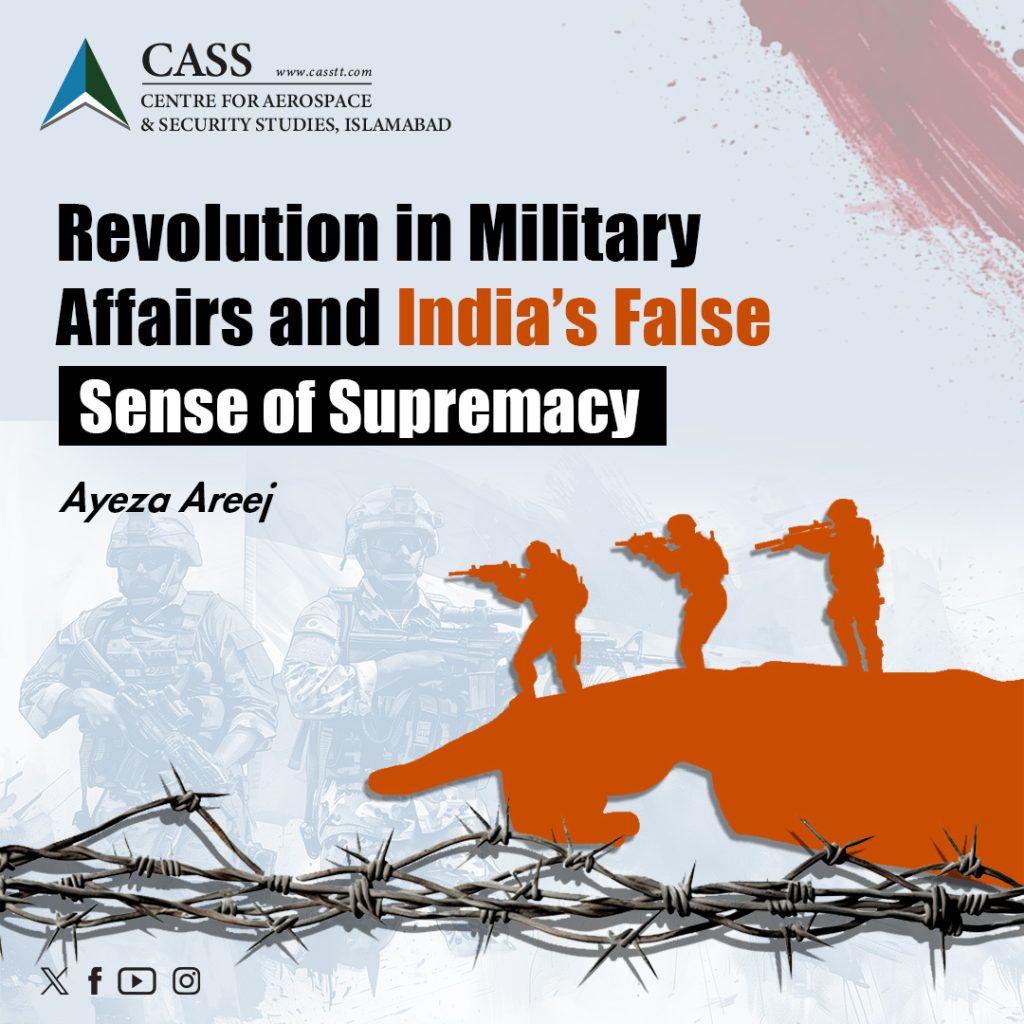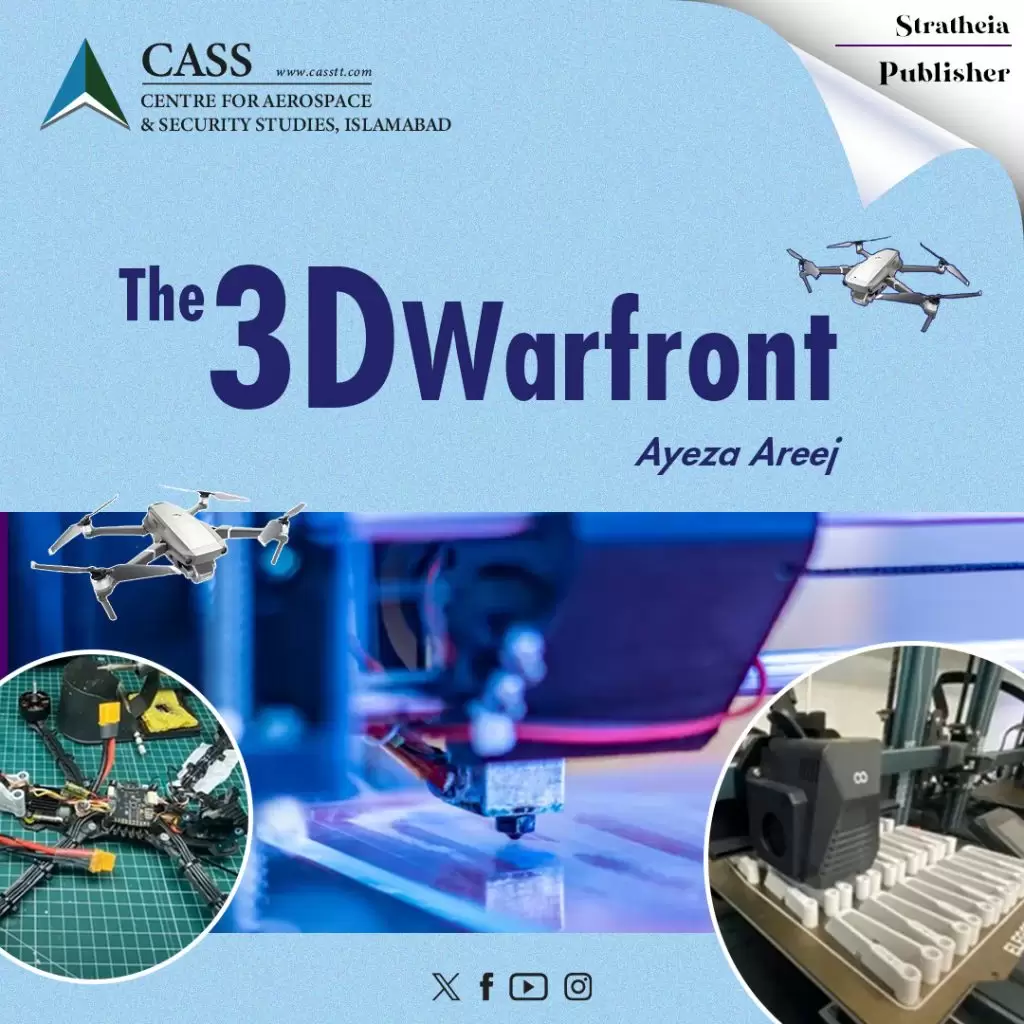A history of conventions, agreements, and treaties runs throughout human civilisation. The 19th and 20th Centuries witnessed a rise in such conventions, thereby paving the way to cap burgeoning conflicts globally. Yet, despite such mechanisms being implemented, the world still witnesses many of the deadliest wars, with toxic chemicals being a primary weapon of choice. The poison gasses of the Great War and the atomic bomb that settled the Second World War left many casualties in its wake; with the former compelling world leaders to negotiate a new convention that sought to prohibit the deployment of Chemical Weapons (CW).
Being largely non-binding, an ongoing effort to ban the use of CW can be discerned since at least the 17th Century. It is only starting from the late 19th Century onwards that formal agreements were made between states. The Hague Declaration of 1899 banned the use of asphyxiating or deleterious gasses such as nitrogen or noble gases. Then, in 1907, the Hague Convention on Land Warfare banned the use of poisonous weapons. The Geneva Protocol signed of 1925 further prohibited the use of poisonous gases and bacterial methods of warfare. In so doing, these Hague conventions laid out the rule of war and the prohibition of CW in war; while the Geneva conventions sought to protect the victims of war. This was followed by the Convention on Prohibition or Restrictions on the Use of Certain Conventional Weapons in 1980 which prohibited conventional weapons that were deemed to be inhumane. Nonetheless, despite such efforts, chemical weapons (CW) were still used during conflicts.
Between the two World Wars, the use of CW was reported in many conflicts: Spain used chemical weapons in Morocco during the Rif War between 1923 to 1926 war. Italy, in turn, deployed chemical weapons to Libya in 1930 and again to Ethiopia in 1935, all resulting in heavy casualties. Since 1945, millions of casualties were caused by such means. After the Second World War, despite acquiring nuclear weapons, the US and the former Soviet Union continued the development of CW. The US used anti-plant agents in the Vietnam War of 1961-73, while Egypt used chemical weapons during the Yemen war of 1963-67. Iraq similarly aimed its CW capabilities towards the Kurds during the Iran-Iraq War of 1988.
Extensive use of CW in various conflicts despite the earlier agreements signed as part of the Hague and Geneva Conventions necessitated the formation of a comprehensive treaty that can cap the production, use, and stockpiling of such toxic weaponry. Therefore, negotiations for the Chemical Weapons Convention (CWC) began in early 1968. While initially developing at a protracted pace, these talks eventually gathered momentum after the Iran-Iraq war of 1988. This war, however ironically, also generated interest among Middle Eastern countries for the acquisition of CW. This sentiment ultimately expedited the negotiations, leading to the conclusion of CWC in 1992. The CWC formally entered into force in 1997, with its implementation monitored by the Organisation for the Prohibition of Chemical Weapons (OPCW).
The CWC aims to ban chemical weapons in terms of their development, production, stockpiling, and use. It is the most comprehensive disarmament treaty to date having 193 member states. Since its formation, the most important cases of use of CW were reported in Syria. In 2012 and 2013, the Assad Regime used these weapons against opposition forces, killing around 1,400 civilians. The use of chlorine gas in attacks has also been documented during attacks in 2017 and 2018. Already in 2014, the OPCW sent its Fact-Finding Mission (FFM) to the country to investigate whether CW were used in Syria and if so, to determine the type of weapons used.
Since then, the OPCW’s FFM has investigated over eighty suspected attacks and collected evidence in sixteen of those attacks. Still, it is important to note that the FFM does not carry the mandate to investigate which party holds the responsibility. To determine which party is to be held accountable the OPCW-UN Joint Investigation Mechanism (JIM) was established in 2015. This mechanism concluded that the Syrian government was responsible for four CW attacks, while the Islamic State (IS) was responsible for two. Despite such useful insights, however, the JIM findings were unfortunately challenged by Russia; and after its veto in the United Nations Security Council (UNSC) regarding its extension, the JIM ceased to exist.
In March 2019, another Investigation and Identification Team (IIT) was finalised after repeated attempts by the U.S and other states to carry out investigations based on shreds of evidence and to determine responsibility for CW use by the Syrian Arab Republic. The IIT initiated its investigation in June 2019 and focused on the events for which FFM had ascertained the use or likely use of CW by the Syrian government but had not yet reached a final conclusion. The IIT published its first report: ‘Addressing the Threat from Chemical Weapons Use’ on 8 April 2020, acknowledging that the Syrian government has used CW against its people.
The three key events specified in the report occurred after the Syrian accession to the CWC. Before, in 2016, the OPCW confirmed the destruction of all CW declared by Syria. The incident of 24 March 2017 was the first such event that established the use of sarin gas in Syria after it had acceded to the CWC. On the Syrian city of Ltamenah, three different attacks were carried out, on 24 and 30 March, a fighter jet of the Syrian Arab Air Force dropped M-4000 aerial bombs containing sarin and on 25 March a Syrian military helicopter flying from Hama airbase dropped cylinders containing chlorine gas.
Sarin is a nerve agent, whereas chlorine is a legal industrial gas; yet both their usage as CW is a war crime. The IIT based its conclusions from the information gathered through interviews, analyses of samples obtained from attacked sites, remnants of ammunition, and other relevant material. The team also expressed its concern that the Syrian government did not cooperate in its investigation and denied access to several sites. As such, the IIT concluded that there are reasonable grounds to believe that the Syrian government had used CW on its citizens in the attacks carried out in March 2017.
Following the findings of this report, the Executive Council of OPCW, which consists of forty-one members from five regional groups, decided the use of CW in Syria through voting on 9 July 2020. The Council condemned the use of CW by the Syrian government in 2017 and as per paragraph 36 of Article VIII of the CWC, the Syrian government is required to declare all the relevant details of the used CW mentioned in the report and all other CW that it possesses with details of production facilities, as well as resolve all of the remaining issues regarding the previous declaration within ninety days. If it fails to comply, the Council will take appropriate action against the Syrian government as per paragraph 2 of Article X11 of the Convention.
Considering its activities towards destroying chemical weapons and as the overseeing body for the CWC, which is considered the most successful disarmament treaty to date; the OPCW is playing a significant role as a watchdog. In recognition of its efforts; it was awarded the Nobel Peace Prize in 2013. The role of the OPCW is becoming more pertinent with the growing chemical industry and its use in both civil and military applications and, therefore, can play an active role in assisting the state parties for the legislation and effective enforcement in its implementation. Decisions in respect of CWC implementation for long-term governance are also needed. However, technological developments and political interests are increasingly pressuring the treaty. Timely measures and special efforts are presently required to counter these challenges and to prevent the future use of chemical weapons anywhere in the world taking lessons from the use of CW in the past and, most recently, in Syria.
Etfa Khurshid Mirza is a Research Fellow at Centre for Aerospace & Security Studies (CASS), Pakistan. Her area of specialisation is Nuclear and Strategic Affairs. This article was first published in Strifeblog.org. She can be found on Twitter @sky_limiter.
Image Source: Getty images





